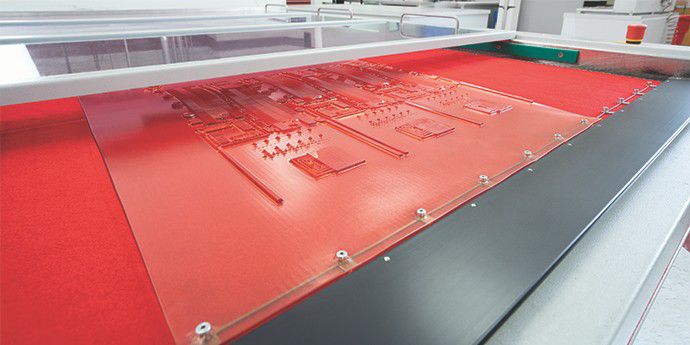Pixel+ Tips and Tricks for Plate Imaging
Article

Brad Gasque, technical service consultant – Advanced Printing, shares his thoughts on "What exactly is Pixel+?" in his blog post below. Be sure to check back soon for more content from our team!
When you first read the title of this post, you might ask yourself, “What exactly is Pixel+ and why do I need to learn tips and tricks for it?” Pixel+ is an imaging technology from Esko that allows us to image very small microcell patterns onto the surface of the plate to assist with ink transfer. It is commonly used in wide web printing with solvent-based inks and can also be used with water-based and UV-based inks in some applications.
Pixel+ is a technology that requires a one-color optimization press trial known as a pixelboost step test. This test helps us understand which microcell pattern and pixelboost works best with your print condition. Pixelboost is the extra energy given to the laser, which helps it image these small patterns. It is important to run this test exactly as you would in production and record all variables for repeatability. The ink chemistry, viscosity and anilox volume are the main factors that will determine which pattern and boost setting to use. At DuPont, we recommend running the step test on both the anilox used for process colors as well as the anilox used in spot colors. It is also common to print this test using white ink to see if opacity and laydown can be improved. Running the wrong anilox or incorrect ink viscosity in production could yield a less-than-optimal result.
Since these microcell patterns are incredibly small, it is vital that the plate imager, CDI, be maintained. We recommend performing a focus search and stain test once every week when using Pixel+. Any slight movement in focus or a dirty lens could affect the microcell patterns and give inconsistent ink laydown on press. The temperature and humidity of the plate room can also affect the imager when using Pixel+. Once a new plate setup is made with the best pixelboost setting, the plate operators must be careful in selecting the correct plate type when sending the files to the imager. Since these small features cannot be measured under normal microscopes in a plate room, the quality control (QC) process is different. In the coming weeks, we will post a training video detailing the QC process step-by-step.
It is best to make sure that all plate makers and press operators have basic training on Pixel+. Once they understand the technology and how it works, they will be more mindful of how their job impacts the performance of plates made with Pixel+ microcells. For more information on this beneficial technology, reach out to DuPont or Esko.